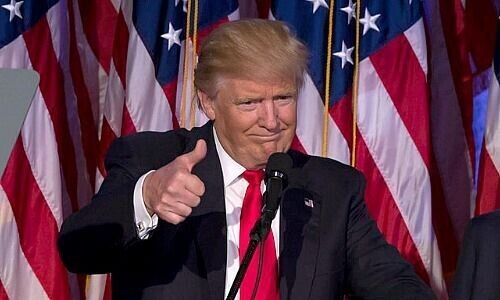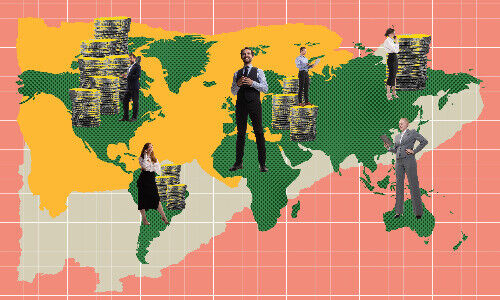How ASEAN is Winning the Global Tariff Game
Southeast Asia has quietly become one of the world’s most dynamic trade arenas. While the US and China spar over tariffs, ASEAN economies are cutting deals – not corners.
At the recent ASEAN Summit in Malaysia, Washington signed a series of new trade agreements with Malaysia, Thailand, Vietnam, and Cambodia, expanding the list of goods eligible for zero reciprocal tariffs.
The move cements Southeast Asia’s position as a crucial link in global supply chains – and signals that the world’s trade gravity is tilting firmly toward Asia, British bank Barclays writes in a note issued on Tuesday.
Malaysia’s Limited But Strategic Win
Malaysia emerged as one of the key beneficiaries of these deals, with a list of products now exempt from the US’19 percent reciprocal tariffs. Yet, according to Barclays’ analysis, the practical gains may be modest.
Of the $11.9 billion in US imports from Malaysia covered under the agreement – about 2.8 percent of Malaysia’s GDP – only around $1 billion, or 0.2 percent of GDP, will receive a full zero-tariff status without restrictions.
Still, Kuala Lumpur is playing a long game: the exemptions, coupled with new commercial deals worth an estimated $150 billion in semiconductors, aerospace parts, and data center equipment, show how Malaysia is using diplomacy to secure market access while anchoring its position in high-value global industries.
Thailand and Vietnam – The New Trade Hotspots
Thailand and Vietnam are also significant beneficiaries of the recent US outreach. Bangkok’s new agreement encompasses billions of dollars in agricultural and energy exports, as well as the procurement of 80 aircraft worth $18.8 billion. Vietnam and Cambodia are negotiating similar arrangements, with Washington keen to deepen its manufacturing footprint beyond China.
For the US, this is about supply-chain diversification. For ASEAN, it’s a sign of growing leverage. By playing multiple partners – the US, China, Japan, and the EU – against each other, Southeast Asia is turning its neutrality into economic power.
Monetary Policy Implications – Less Need to Ease
The ripple effects extend well beyond trade. Stronger export numbers and improving sentiment are easing pressure on central banks across the region to cut rates further.
Thailand’s exports surged 19 percent year-on-year in September, while Malaysia’s grew 12.2 percent, well above expectations. That performance supports Barclays’ view that both the Bank of Thailand and Bank Negara Malaysia are likely to pause rate cuts for now.
Singapore, whose economy is closely tied to Malaysia’s trade cycle, may also delay further monetary easing by the Monetary Authority of Singapore.
In short, as trade flows accelerate, ASEAN’s economies are gaining the confidence to stand pat – even as the global cycle points toward looser policy elsewhere.
Rare-Earths and Energy Dimension
Behind the tariff headlines lies a more strategic play. Each of the new agreements includes provisions on rare earths and energy cooperation, sectors where Southeast Asia’s natural resources are becoming geopolitically critical.
The US wants reliable partners for critical minerals; ASEAN wants technology, investment, and access to American markets. The result is a pragmatic bargain – minerals for markets, energy for investments – that could define the next decade of economic diplomacy in Asia.
From Factory Floor to Dealmaker
Southeast Asia is no longer just a manufacturing hub. With a combined GDP of over $3.7 trillion and a population of 650 million, ASEAN is evolving into a negotiating powerhouse capable of balancing global powers while shaping trade norms.
The message from Kuala Lumpur, Bangkok, and Hanoi is clear: Asia’s future will be made through deals, not disputes. As tariffs shift from weapons to bargaining chips, ASEAN is mastering the game – and quietly rewriting the rules of global trade.




























